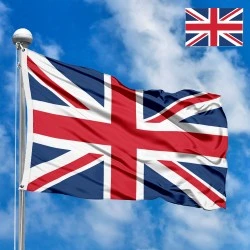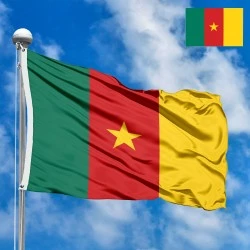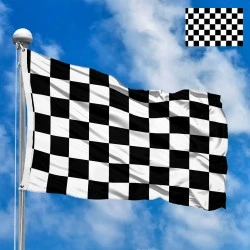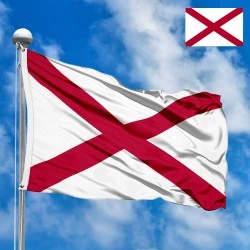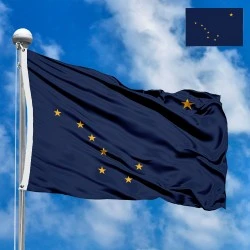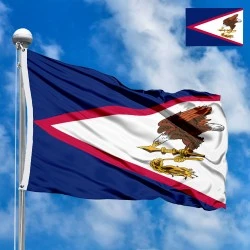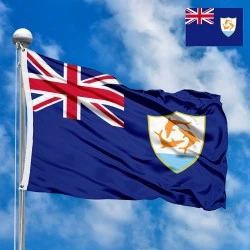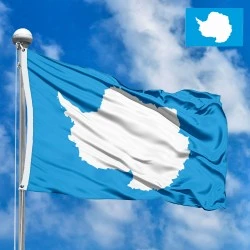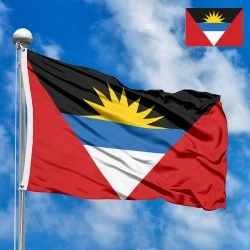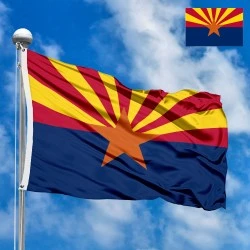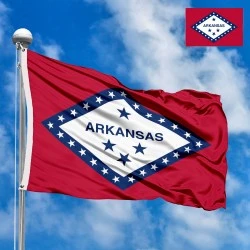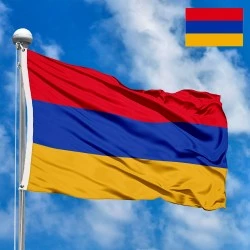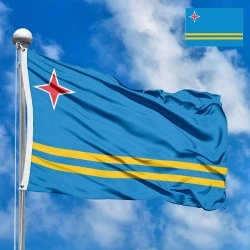Flag of Scotland
- Flag Type: Regional
- Proportions (official): 3:5
- Official name: Scotland
- Sovereignty (year): NO (Part of the UK since 1707)
- Country code, territory: GB, GBR, 826
- Capital: Edinburgh
- Large cities: Glasgow, Aberdeen, Dundee, Inverness
- Population: 5,470,000 (2024, NRS)
- Religions: No religion ~51%, Christian ~32% (Protestant) etc.
- Area (km²): 77 910
- Highest point: Ben Nevis (1,345 m)
- Lowest point: Atlantic Ocean (0 m)
- Currency: Pound sterling (GBP, £)
- Languages: English, Scots, Scottish Gaelic
- Dialing code: +44
- National domain: .uk
Flag Information
General information
Demography and Culture
Economy and communications
- All Flags
- Flags of Countries by Continent
-
Flags of Organizations
- Flags of UN countries
- Flags of the European Union countries
- Flags of NATO countries
- Flags of the countries of the Organization of Islamic Cooperation
- Flags of the countries of the Organization of American States
- Flags of the Arab League countries
- Flags of the African Union countries
- Flags of the countries of the Union of South American Nations
- Flags of the Commonwealth of Nations
- Flags of the countries of the Secretariat of the Pacific Community
- Flags of the Nordic Council countries
- Flags of the Caribbean Community
- Flags of the countries of the Association of Southeast Asian Nations
- Flags of the East African Community
- Flags of the countries of the Organization of Turkic States
- LGBT Community Flags
- Historical Flags
- Ethnic Flags
- Flags of the USA (states)
Description
The flag of Scotland, known as the Saltire or Saint Andrew's Cross, is one of the oldest national flags in the world and is deeply rooted in the history and identity of the Scottish people. It represents a simple yet powerful symbol with a rich heritage.
Description and Elements of the Saltire
The Saltire consists of a blue field with a white diagonal cross that extends from corner to corner of the flag. This diagonal cross, also known as Saint Andrew's Cross or a "saltire," symbolizes the martyrdom of Saint Andrew, the patron saint of Scotland, who, according to legend, was crucified on an X-shaped cross.
-
Blue Field: The background color of the flag is blue. Traditionally, this color is associated with the sky and the sea surrounding the Scottish lands. It also symbolizes loyalty, truth, and peace.
-
White Diagonal Cross: The white cross symbolizes purity, integrity, and protection. Its diagonal shape is the distinguishing feature of the Saltire and is directly linked to the legend of Saint Andrew's crucifixion.
Dimensions, Colors, and Placement of Elements
The standard proportions of the Saltire are typically 3:5, although other variations such as 2:3 or 1:2 can be seen, especially at sea. The width of the white bands of the cross is usually one-fifth of the flag's height.
-
Shade of Blue: In the past, the shade of blue for the Saltire varied from sky blue to dark navy. However, in 2003, a committee of the Scottish Parliament recommended using Pantone 300 for the blue field, which is a rich but not overly dark blue. This shade has since become the standard for most modern Scottish flags.
-
Color of White: The white color of the cross is pure and consistent.
History of Creation and Adoption of the Flag
The history of the Saltire is steeped in legends and historical evidence dating back to the early Middle Ages:
-
Legend of the Battle of Athelstaneford (832 AD): The most famous legend links the origin of the Saltire to the Battle of Athelstaneford in Lothian. According to tradition, before a decisive battle between the combined forces of Picts and Scots led by King Óengus II and the Angles, a white X-shaped cloud formation appeared in the blue sky. This was interpreted as a divine omen, as Saint Andrew, the patron saint of Scotland, was crucified on such a cross. Inspired by this vision, the Scots achieved victory, and King Óengus vowed that Saint Andrew would become the patron saint of Scotland, and his cross would be the symbol of the country.
-
Early Mentions: Although the legend dates back to the 9th century, the first documented evidence of the use of Saint Andrew's Cross as a symbol of Scotland dates to a later period. It first appears on the seal of the Guardians of Scotland in 1286. The Parliament of Scotland decreed in 1385 that Scottish soldiers should wear a white Saint Andrew's Cross as a distinguishing mark.
-
Official Recognition: The earliest surviving depiction of the Saltire in its modern form (a white cross on a blue field) dates from 1542, when it was shown in Sir David Lindsay's armorial. From this time, the Saltire was established as the national flag of Scotland.
Country, Region, and Adoption
The Saltire is the national flag of Scotland, one of the four constituent countries of the United Kingdom. Although Scotland is part of Great Britain, it maintains its unique national identity, culture, and legal system, and the Saltire serves as its primary national symbol.
Following the Union of the Crowns in 1603, when James VI of Scotland became King of England (James I), Saint Andrew's Cross was combined with Saint George's Cross (the flag of England) to create the first Union Flag in 1606. Subsequently, after the Acts of Union in 1707, which formally united the kingdoms of Scotland and England into the Kingdom of Great Britain, the Union Flag became the official state flag, but the Saltire continued to be used as Scotland's national symbol.
Significance for Residents
The Saltire holds profound and multifaceted significance for Scots:
-
National Identity: It is the primary symbol of Scottish identity, pride, and patriotism. It unites Scots worldwide, reminding them of their shared heritage and history.
-
History and Heritage: The flag is a living reminder of Scotland's rich history, its struggles for independence, and its cultural traditions. It is linked to ancient legends and a belief in divine protection.
-
Faith and Patronage: As the flag is associated with Saint Andrew, it also holds religious significance for many Scots, symbolizing their Christian roots and the saint's patronage.
-
Unity: The Saltire symbolizes the unity of Scottish clans and their willingness to stand together in the face of adversity or conflict.
Interesting Facts
-
One of the Oldest Flags: The Saltire is one of the oldest national flags in Europe, with its design dating back to the 9th century.
-
Inclusion in the Union Flag: Saint Andrew's Cross is one of the key elements of the Union Flag—the flag of the United Kingdom—reflecting the historical union of Scotland with England (and later with Ireland).
-
Royal Standard of Scotland: In addition to the Saltire, there is also the Royal Standard of Scotland, known as the "Lion Rampant." This is a yellow flag with a red lion rampant within a double tressure flory-counterflory. It is the monarch's personal standard and its use is strictly restricted by law, typically only to royal residences or by representatives of the monarch. It is not the national flag.
-
Undefined Shade of Blue: Before 2003, there was no official definition for the shade of blue used in the Saltire, leading to some variations. The recommendation of Pantone 300 helped standardize the color.
-
Sporting Events: The Saltire is the primary flag used to represent Scotland at international sporting events, such as football and rugby matches, and at the Commonwealth Games.
-
Influence on Other Flags: The design of the Saltire has influenced the flags of some other regions and countries, particularly those with historical ties to Scotland, such as the flag of the Canadian province of Nova Scotia.
In the demonstration images, full-size flags are shown with proportions of 2:3, and hand-held flags with proportions of 1:2.
Donation
Download
Completely free for commercial and non-commercial use (public domain).
You can freely use them in your news magazines, websites, software, mobile applications.
We appreciate a backlink to https://flagssite.com
Raster files - Flag of Scotland (PNG, JPG)
 Waving flag
Waving flag
- PNG format (transparent background), 72dpi, dimensions in Pixels (px), aspect ratio 3:4.
- 15х20 px
- 30х40 px
- 60х80 px
- 120x160 px
- 240x320 px
 Sizes:
Sizes:
"v15" - image size (by height); if necessary, replace with available: v15, v30, v60, v120, v240.
!!! For resizing, use the Latin (eng) keyboard layout.
<img src="https://flagssite.com/flags/v15/20251.png" alt="Flag of Scotland">
 Round flag
Round flag
- PNG format (transparent background), 72dpi, dimensions in Pixels (px), aspect ratio 1:1.
"d15" - image size (diameter); if necessary, replace with available: d15, d30, d60, d120, d240.
!!! For resizing, use the Latin (eng) keyboard layout.
<img src="https://flagssite.com/flags/d15/20251.png" alt="Flag of Scotland">
 Rectangular flag 2:3
Rectangular flag 2:3
- JPG format, 72dpi, dimensions in Pixels (px), aspect ratio 2:3.
"h30" - image size (by height); if necessary, replace with available: h15, h30, h60, h120, h240, h360, h480.
!!! For resizing, use the Latin (eng) keyboard layout.
<img src="https://flagssite.com/flags/h30/20251.jpg" alt="Flag of Scotland">

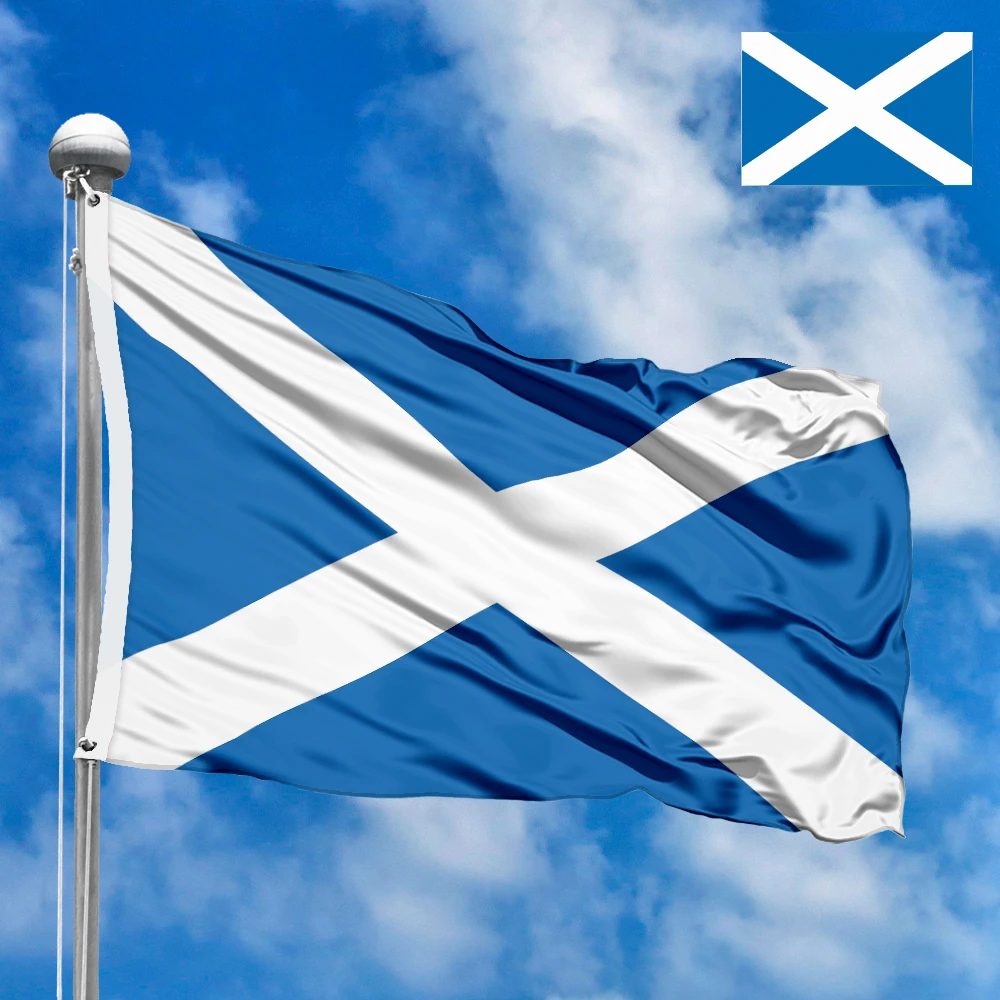





 Sizes:
Sizes:
 Sizes:
Sizes:
